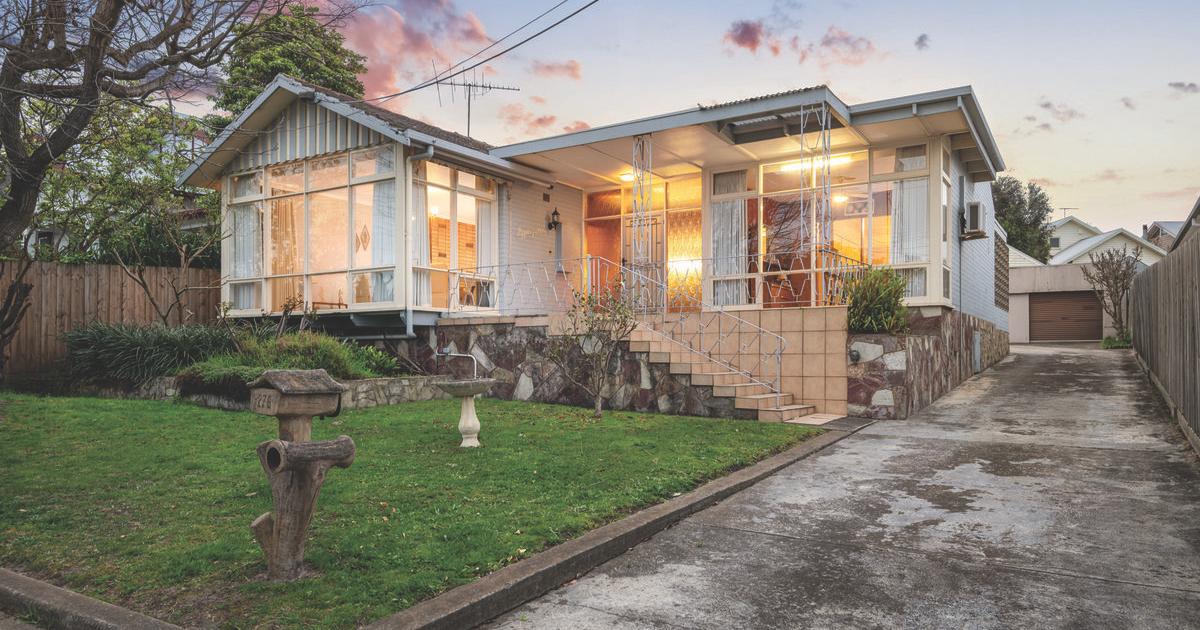Figures illustrate downward spiral
HOUSING activity indicators now show the long-predicted negative impact of ongoing interest rate rises on the construction industry.
Building approvals nosedived in latest Australian Bureau of Statistics (ABS) figures, with housing industry advocates urging caution on interest rate rises from the central bank despite rising inflation.
Total dwelling approvals were down nine per cent in seasonally-adjusted terms nationally in November and is 15.1 per cent down on the same time last year.
House approvals only dipped slightly in the past month (down 2.5 per cent), with high-density housing (down 22.7 per cent) accounting for most of the downturn.
Housing Industry Association economist Thomas Devitt said the expected plunge would likely continue into 2023.
“Within two months of the RBA’s first interest rate hike in May 2022, leading indicators of building activity including new home sales started to decline. Investors, first home buyers and owner- occupiers started retreating from the housing market.
“Data suggests that builders have worked through much of the large pipeline of work that existed in May 2022, when the RBA started increasing the cash rate. This will result in a slowdown in the number of homes under construction in 2023.
“The full impact of the 2022 increases in the cash rate will not be observed until the second half of 2023.
“The depth of this downturn will be determined by the RBA’s cash rate decisions.”
Master Builders Australia CEO Denita Wawn said decision makers “must not be complacent in addressing some of the systemic challenges on the supply-side which continue to ripple through the economy”.
“The latest building approvals data is concerning, and it’s clear that we are facing significant challenges which need to be addressed head-on if we want to weather the storm and see a sustainable recovery.”
Ms Wawn also warned of caution for monetary policy decisions in early 2023, with further rate rises predicted following November’s inflation figure of 7.3 per cent – which is now at the highest point since 1990.
“We acknowledge that the RBA has a difficult balancing approach to take in curbing inflation but at the same time not getting too ahead of the realised impact of their decisions.
“However, the most sustainable solution to the inflationary problem lies on the supply side, through bringing down the cost of doing business.
“This requires issues like labour shortages, materials costs and the regulatory burden to be dealt with in a focussed and urgent manner.”


















